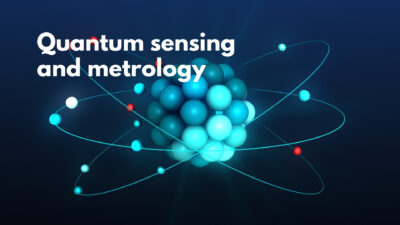This article from NIST highlights 100 years of groundbreaking research in quantum mechanics, showcasing key discoveries and experiments that have shaped modern quantum science and technology. Starting with the 1957 experimental test that showed the weak force violates parity conservation, the article traces NIST’s contributions through major milestones like the development of laser cooling, the creation of Bose-Einstein condensates, and the first nuclear clock. These achievements have led to advances in atomic clocks, quantum computing, and our understanding of fundamental physics.
NIST has played a central role in pushing the boundaries of quantum science, from early experiments on autoionization and squeezed light to recent breakthroughs like loophole-free tests of Bell’s theorem and observing gravitational redshift at millimeter scales. These discoveries have not only deepened our understanding of the quantum world but also enabled practical applications such as more accurate timekeeping, improved GPS systems, and new tools for quantum information science. The article emphasizes how NIST continues to lead in developing technologies that rely on quantum principles, setting the stage for future innovations in quantum computing and communication.
Source: https://www.nist.gov/physics/100-years-quantum-research
Keywords: quantum states, atomic clocks, laser cooling


